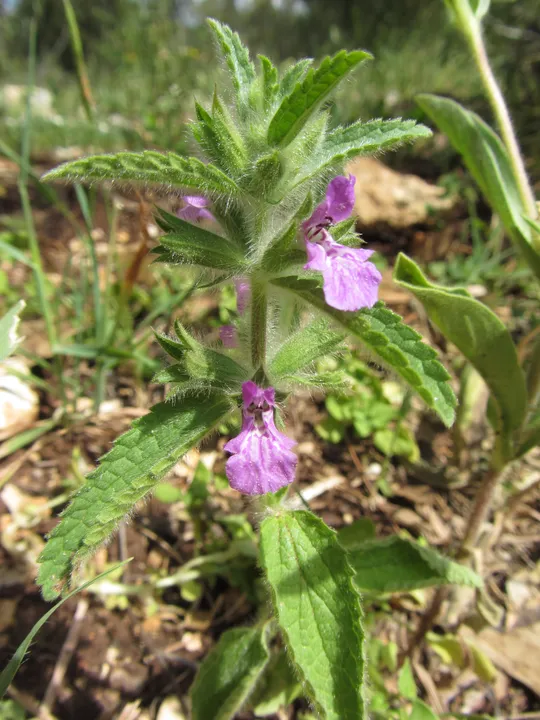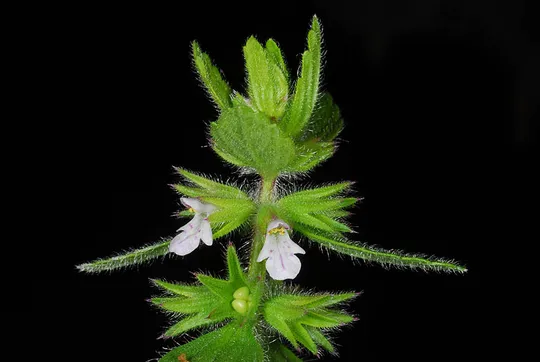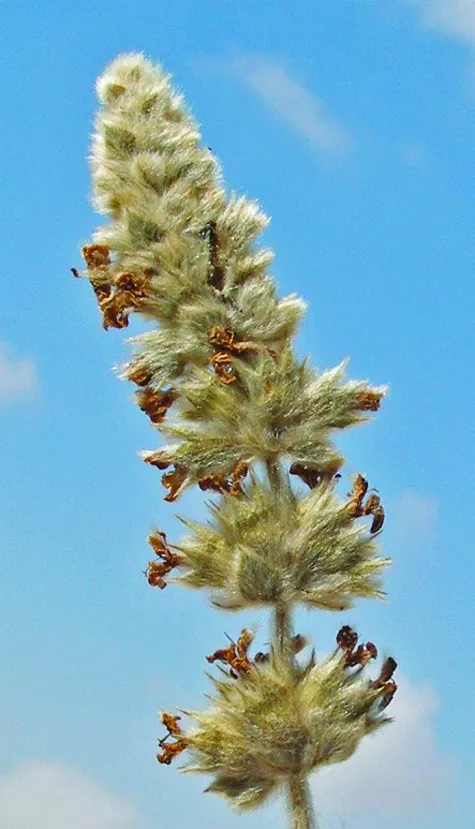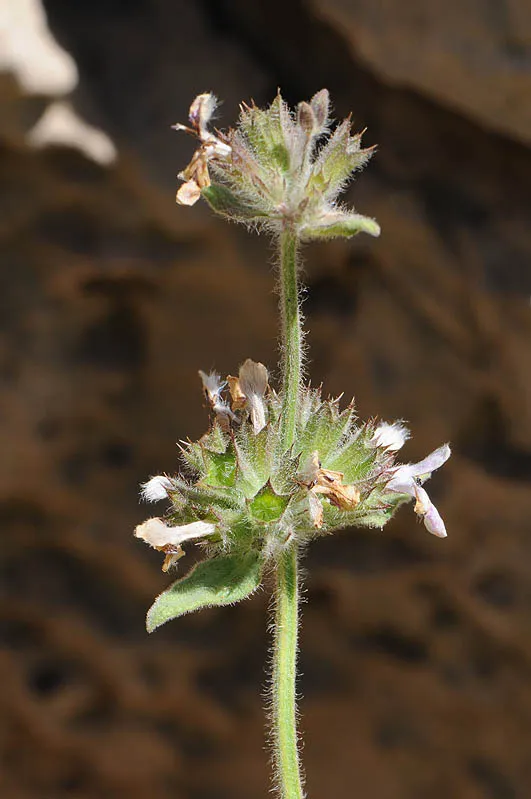Banias Woundwort
Stachys paneiana
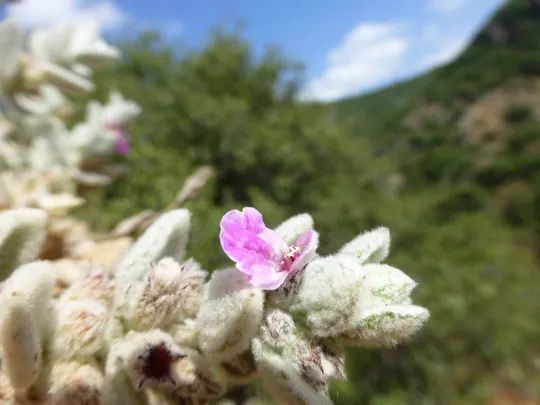
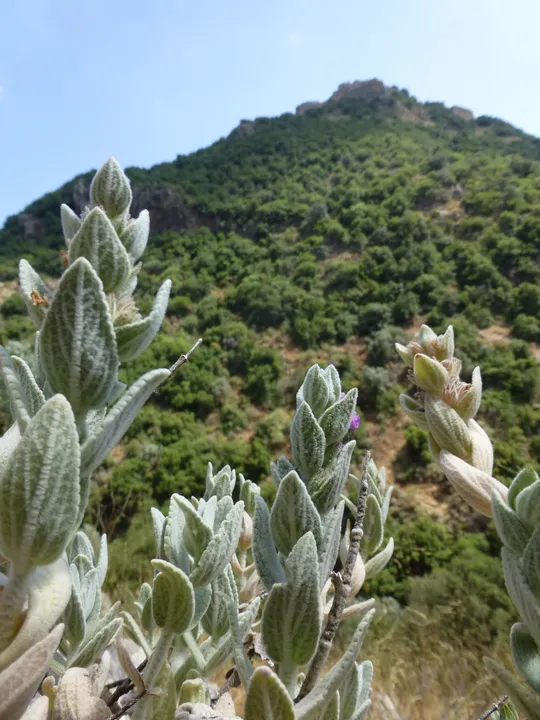
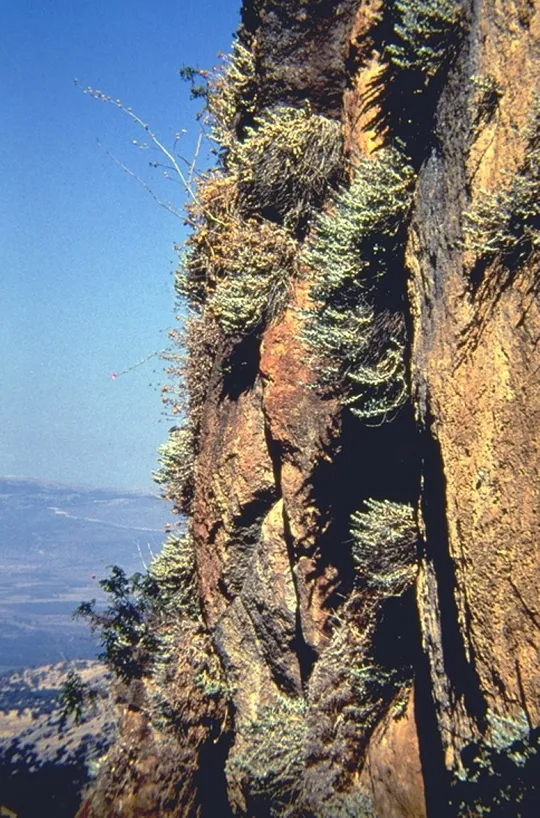
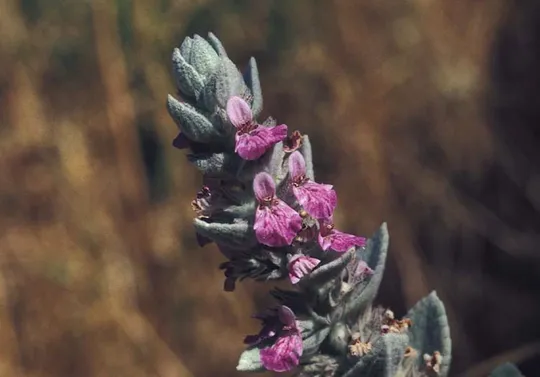
Stachys paneiana
grows only on the lower Hermon at a single site in Wadi Govta. In the Flora of
Syria and Lebanon Mouterde indicated that the plant was found for the first
time at the Banias on May 30, 1955. We did not locate it at the Banias,
although the site in Wadi Govta is located less than two kilometers above the
Banias. Mouterde may have specified the site as “Banias”, but it is also
possible that individual plants from the large Wadi Govta population germinated
downstream in the Banias area, and that the plant was described from there, but
the site could not sustain a lasting population and has disappeared.
Cliffs and steep
rocky slopes near them.
The genus
Stachys is very large and diverse with many groups that
are very difficult to combine according to common morphological characters. The
genus has 300 species whose center of distribution in in the temperate regions
of the Old and New World, but also there are many species that grow in
Australia, in subtropical regions and in the mountains of Africa. The major life
form is herbaceous perennials but there are also many annual species. Although
the genus belongs to the Lamiaceae (Labiatae) family,
only a few off the species are used as spices and medicinal plants. S. paneiana was
formally described and defined by Mouterde in 1973 and it differs significantly
from other Stachys
species in our area by the nearly white tomentose coating that that covers the
whole plant. There are a few more tomentose dwarf shrubs from the genus Stachys in Israel that
grow in dry habitats: S.
palaestina is characteristic of hot arid areas in
Israel's Mediterranean region and is characterized by pointed leaves and
bracts; S. aegyptiaca is similar to S. palaestina, but it is a desert plant with narrow
elliptical leaves and bracts. For tomentose species growing in humid habitats see
S. longispicata in the first volume of this book. S. cretica
is extremely common in the montane Mediterranean region in Israel (including Wadi Govta), but it does not
turn white and is characterized by tall erect stems and narrow elongated leaves
and bracts.
Stachys paneiana
grows at a single site in Israel and the world. To the best of our knowledge
the population has remained stable since it was discovered in the 1950s. It is
difficult to access the population because of its cliff habitat. The site is
located in the Hermon Reserve there seems to be no immediate threat to the
population, but since this is the only site in the world (!) efforts must be
made locally to protect it.
to the known Stachys paneiana
population should be monitored and damage to it by visiting hikers should be
prevented. Seeds and winter cuttings should be collected to create backup
populations in refuge gardens.
Stachys paneiana
is endemic to Wadi Govta.
Stachys paneiana is
an extremely rare dwarf
shrub, endemic to a single
site in Wadi Govta on the slopes of Mount Hermon, which has a high red number and
a high conservation priority.
Current Occupancy Map
| 1000 squre meter pixel | 5000 squre meter pixel | 10000 squre meter pixel | |
|---|---|---|---|
| number of observations | 0 | 0 | 0 |
| in total pixels | 0 | 0 | 0 |
| Family | Lamiaceae |
| Classification | On the endangered species list |
| Ecosystem | Mediterranean |
| Chorotype | Mediterranean |
| Conservation Site | Wadi Govta |
| Rarity |
1
6
6
|
|---|---|
| Vulnerability |
0
0
4
|
| Attractiveness |
0
0
4
|
| Endemism |
0
4
4
|
| Red number |
1
5.3
10
|
| Peripherality | 0 |
| IUCN category | DD EW EX LC CR EN VU NT |
| Threat Definition according to the red book | Critically endangered |
 Based on:
Based on:
